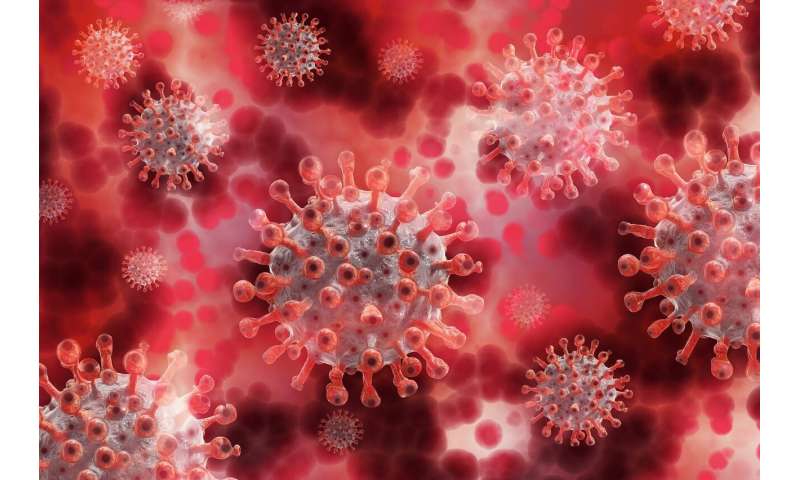
A combined research team from the Universities of Portsmouth and Bournemouth and Portsmouth Hospitals University NHS Trust has shown that an assessment score used to measure a patient’s severity of illness can be applied to patients with Covid-19 without modification.
The Portsmouth Academic ConsortIum For Investigating COVID-19 (PACIFIC-19) team has shown that the National Early Warning Score (NEWS) is equally good at predicting certain adverse clinical outcomes in patients with Covid-19 and other groups of patients admitted to hospital.
These results are important because they show that different techniques are not required for monitoring the severity of illness of patients with Covid-19. Developing new ways of working would require investment, take time and lead to extra demands on staff training, at a time when these are in short supply.
NEWS is used across the NHS to measure a patient’s severity of illness. It takes commonly measured vital sign readings (pulse, blood pressure, temperature, breathing rate, etc) and converts them to a single value from 0 to 20. The higher the NEWS value the greater the patient’s risk of developing certain adverse clinical outcomes.
The original work underpinning NEWS started in Portsmouth about 14 years ago. Since then, NEWS has been recommended by the Royal College of Physicians and NHS England. More recently, the World Health Organisation (WHO) has recommended its use for the close monitoring of clinical deterioration in patients with Covid-19.
In a separate study, the PACIFIC-19 team was also able to show that the Covid-19 outbreak, and the processes required to respond to it, did not adversely affect the ability of healthcare staff to monitor the vital signs of patients under their care.
Dr. Ina Kostakis, Research Fellow at the University of Portsmouth’s Centre for Healthcare Modelling and Informatics and the lead author of both studies, said: “We all know about the immense extra burdens that the Covid-19 outbreak has imposed on hospital staff, but we have shown that the tools and processes they already use to monitor deteriorating patients have stood up to the task.”
Source: Read Full Article